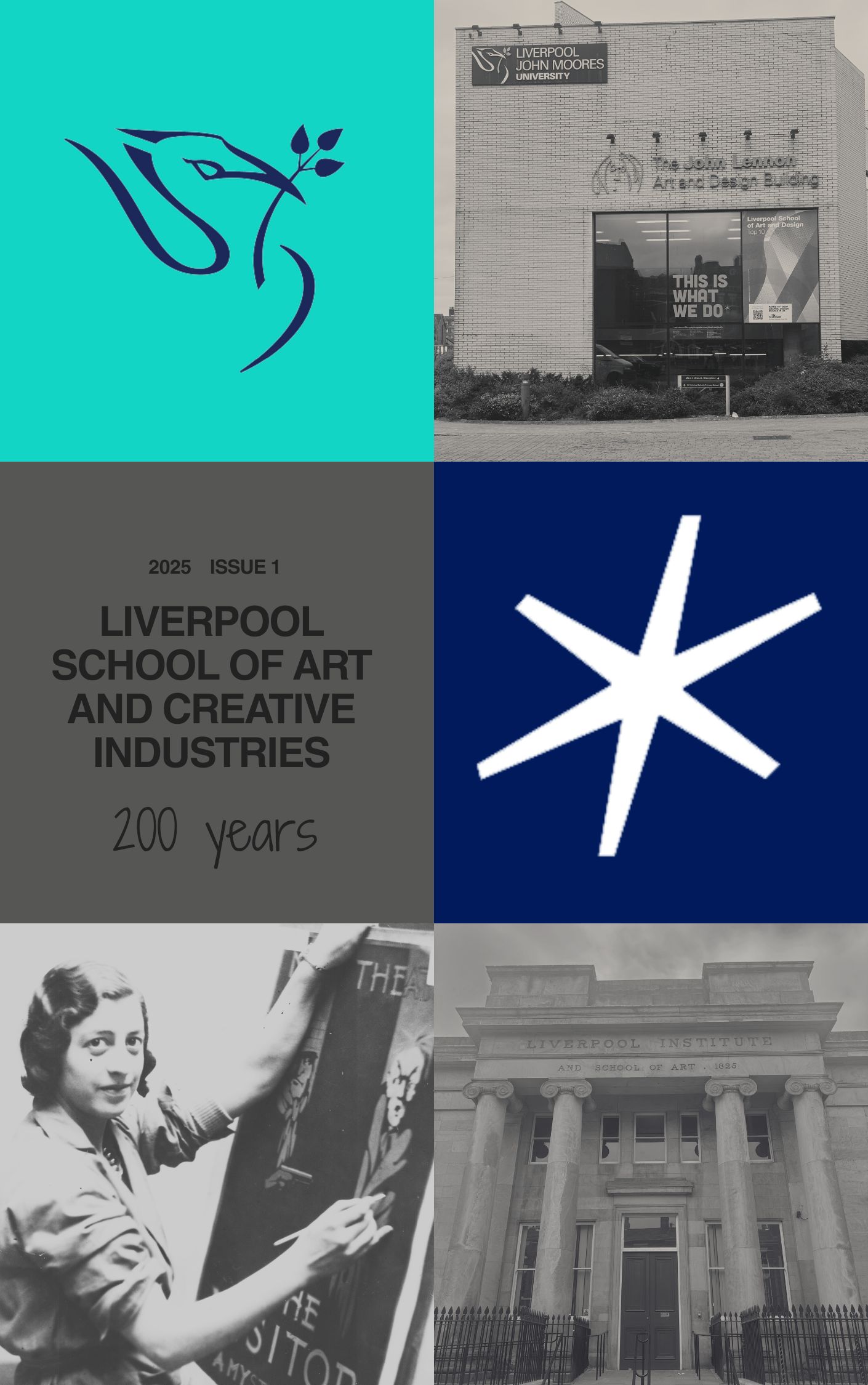What were Marcel Duchamp's 'Ready-mades' and what impact do you think that they made on twentieth-century art?
DOI:
https://doi.org/10.24377/LSACI.article3137Abstract
In the letter well known to art historians, dated 15th January 1916, and addressed to his sister Suzanne, Marcel Duchamp (Naumann and Obalk, 2000 p.44) described his idea of creating what he called Ready-mades for the first time. He explained that he purchased ‘various objects in the same taste,’ signed them, and gave them the titles. He asked her to not try ‘to understand this in the Romantic or Impressionist or Cubist sense’ because there were no associations. He even provided her with detailed instructions on how to create a Ready-made' with his signature on it remotely. Jacob Lund and Jacob Wamberg (2019, p.6) argue that ‘This impersonal mode of art-making seems to be fundamental for Duchamp.’ He wanted to depart from traditional art which he considered ‘retinal’- pleasing only the eye and not the mind. In his opinion, visual art failed by being only a representation. His Ready-mades, on the contrary, had no representational function, they were what they were, the actual objects not the images of them, ‘conceived … as a form of communication devoid of aesthetic enjoyment’ (Golding, 1973 p.56). They were his revolutionary response to the established canon of art. This paper will explore what exactly the Ready-mades were and discuss the way they impacted twentieth-century art.
Downloads
Published
Issue
Section
License
Copyright (c) 2025 Dagmara Firlej

This work is licensed under a Creative Commons Attribution 4.0 International License.
The copyright of content is retained by the author(s). Please check the specific licence for this item. The majority of the content in this journal is published under a Creative Commons Attribution Licence. Artworks are published under a Creative Commons Attribution-NonCommercial-NoDerivatives 4.0 International Licence. These licences allow others to read, download, copy, distribute, print, search, or link to the full text of works in this journal, or to use them for any other lawful purpose in accordance with the licence.
This journal provides immediate open access to its content and has no submission or publication fees.


